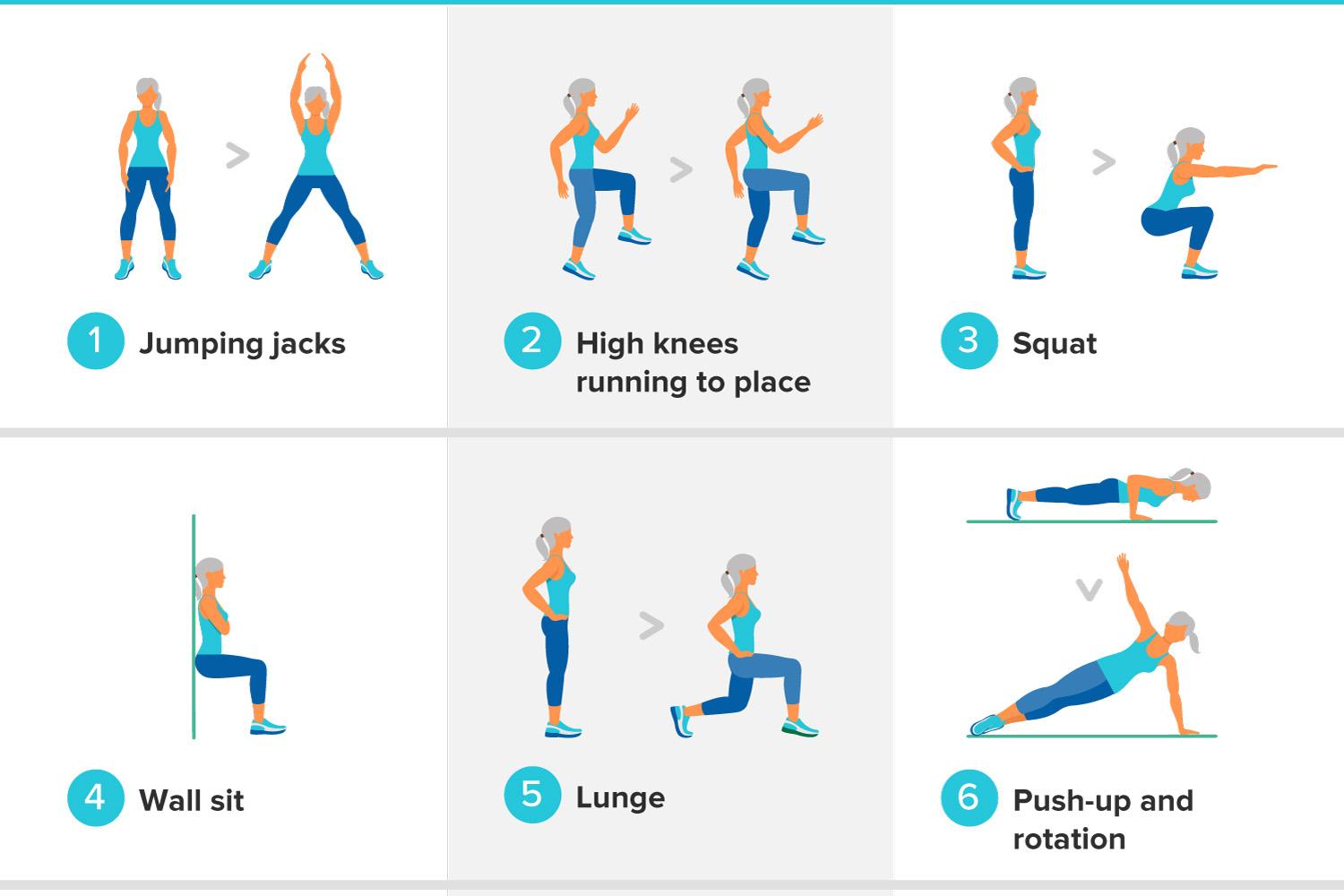In the bustling world of fitness, where new trends emerge almost daily, high-intensity strength training stands out as a beacon of promise for those seeking rapid results. With its reputation for transforming physiques and boosting endurance, it’s no wonder that beginners are drawn to its allure. Yet, as with any powerful force, it raises an essential question: is it safe for those just starting their fitness journey? As we delve into the world of high-intensity strength training, we aim to unravel the myths and truths surrounding its safety for novices. Whether you’re a fitness newbie eager to lift your first dumbbell or simply curious about the latest fitness craze, this exploration offers insights into the potential risks and rewards of embracing intensity from day one.
Understanding the Basics of High-Intensity Strength Training
High-intensity strength training is a dynamic approach to building muscle and enhancing endurance through short, intense bursts of exercise. This method focuses on maximizing effort over a brief period, pushing your muscles to their limits and then allowing adequate recovery time. Here are some foundational elements to consider:
- Intensity over Duration: The core principle of high-intensity training is to perform exercises at a high level of effort, usually close to your maximum capacity, for a shorter duration.
- Proper Form: Maintaining correct form is crucial to prevent injuries and ensure that the targeted muscles are being effectively worked.
- Rest and Recovery: Adequate rest between sessions is essential to allow muscle repair and growth, which can help prevent overtraining.
- Progressive Overload: Gradually increasing the weights or resistance used in your workouts is key to continually challenging your muscles and fostering strength gains.
For beginners, it’s vital to start with a focus on technique and gradually increase intensity as your strength and confidence build. Consulting with a fitness professional can help tailor a plan that aligns with your personal fitness level and goals.

Common Mistakes Beginners Should Avoid
- Skipping Warm-ups: Many beginners often underestimate the importance of warming up, thinking it’s an optional step. However, starting with cold muscles can increase the risk of injury. A proper warm-up prepares your body for intense activity and enhances performance.
- Poor Form: Rushing through exercises with improper form can lead to strains and injuries. It’s crucial to prioritize technique over the amount of weight lifted. Consider consulting a professional or watching instructional videos to master the correct form.
- Ignoring Rest Days: Enthusiasm can lead to overtraining, but muscles need time to recover and grow. Neglecting rest days can result in burnout and diminished results. Balance your training with adequate rest to maintain both physical and mental health.
- Setting Unrealistic Goals: While it’s great to aim high, setting unattainable targets can lead to frustration and discouragement. Establish achievable goals that allow for gradual progress, celebrating small victories along the way.
- Neglecting Nutrition: Exercise alone isn’t enough; a balanced diet is essential to fuel workouts and aid recovery. Beginners might overlook the significance of proper nutrition, which is vital for optimal performance and overall well-being.

Key Safety Tips for Newcomers to High-Intensity Workouts
Engaging in high-intensity strength training can be exhilarating, but it’s crucial for beginners to approach it with caution to prevent injuries and maximize benefits. Here are some essential tips to keep in mind:
- Start Slow: Begin with lighter weights and simpler exercises to allow your body to adapt. Gradually increase intensity as you build strength and confidence.
- Prioritize Form: Proper technique is key. Consider working with a trainer initially to ensure you’re performing exercises correctly.
- Warm-Up and Cool Down: Incorporate a thorough warm-up routine to prepare your muscles and joints, and always cool down to aid recovery.
- Listen to Your Body: Pay attention to signals of fatigue or discomfort. Rest is an integral part of any fitness regime, so ensure you’re giving your body time to recover.
- Stay Hydrated: High-intensity workouts can lead to significant fluid loss. Keep a water bottle handy and sip regularly to maintain hydration levels.
By keeping these tips in mind, beginners can safely embark on their high-intensity strength training journey, paving the way for a rewarding and sustainable fitness experience.

Crafting a Balanced Routine for Safe Progress
Creating a structured plan that balances intensity and rest is crucial for beginners venturing into high-intensity strength training. Prioritizing foundational movements over complex exercises ensures that new trainees develop proper form and avoid unnecessary strain. Consider integrating these elements into your routine:
- Warm-up effectively: Incorporate dynamic stretches to increase blood flow and prepare your muscles for exertion.
- Focus on compound exercises: Start with squats, deadlifts, and bench presses to build strength across multiple muscle groups.
- Include rest days: Allow time for muscle recovery to prevent overtraining and reduce the risk of injury.
- Progress gradually: Increase weights incrementally to ensure sustainable growth and avoid overwhelming your body.
By weaving these strategies into your training plan, you cultivate a routine that not only promotes safety but also fosters consistent progress. As you advance, remember that listening to your body’s signals is key to maintaining a healthy balance between pushing limits and safeguarding well-being.
